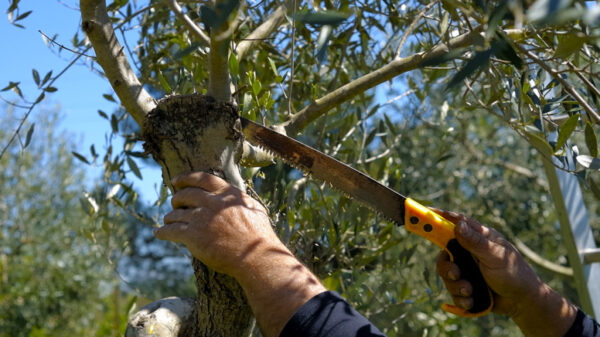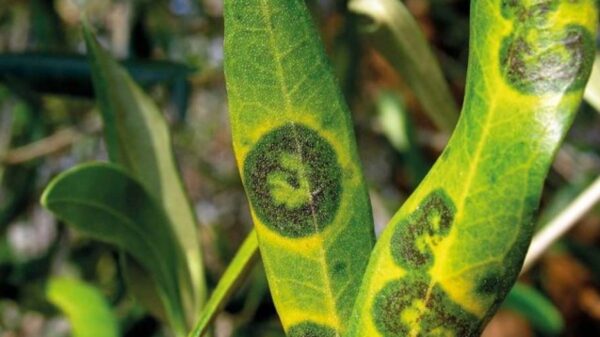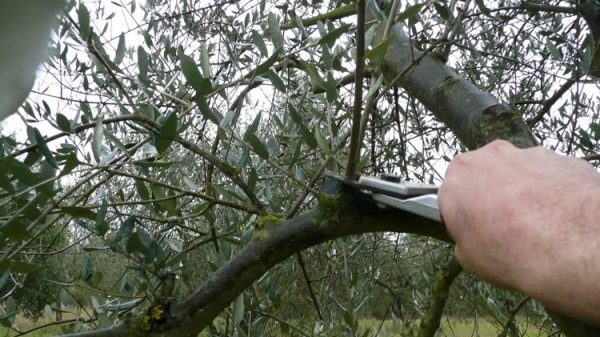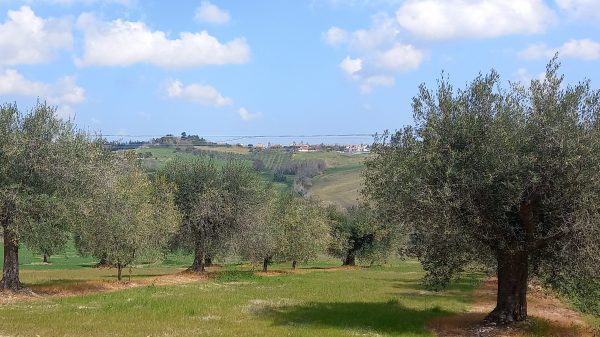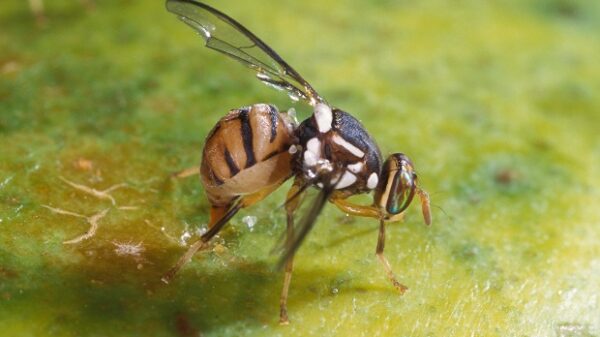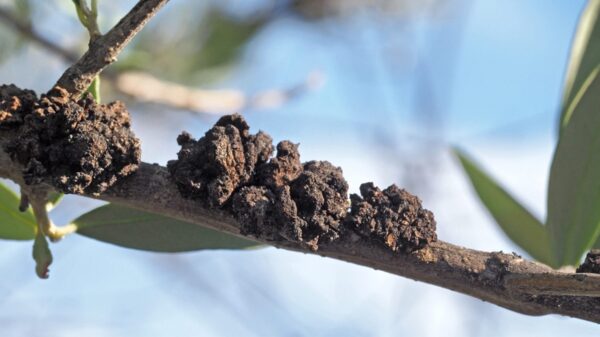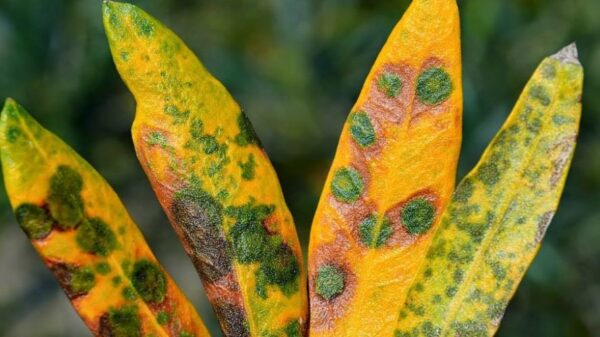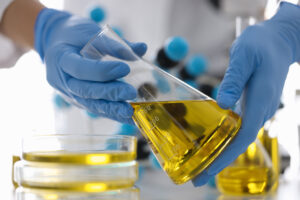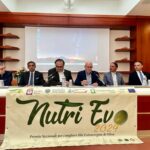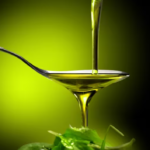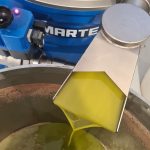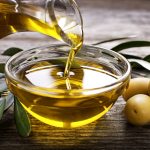I invigorating they are substances that help stimulate the growth and health of plants, they can be composed of organic fertilizers, algae extracts, amino acids, vitamins, microelements useful for the growth and development of plants. These ingredients can be combined in various proportions, to create blends specific to the plants' needs, though they differ from fertilizers because they mainly do not perform a nutritional function. The corroborators they also differ from plant protection productsi as they act on the vigor of the plant without having direct effects against pathogenic fungi and insects, strengthening the defense mechanisms of the plant itself.
Plants are able to activate a plant immune system, with the ability to defend themselves against attacks by pathogens, such as bacteria, viruses, fungi, and harmful insects: this is initiated through a series of mechanisms, such as the recognition of pathogens. In fact, when pathogens invade a plant tissue they release molecules called elicitors, which can be parts of the pathogens' cell walls, fragments of their DNA or their specific proteins.
The plants, once they have recognized the pathogen, are prompted by phytohormones, such as salicylic acid, jasmonic acid and abscisic acid, to activate immune responses, which can include the production of phytohormones or the synthesis of antimicrobial proteins, such as phytoantibodies and phytoalexins, given by a variety of phenols , flavonoids, stilbenes and terpenoids, and other compounds that contribute to defense.
Plants can also strengthen their cell walls by depositing cellulose and lignin, making it more difficult for pathogens to penetrate.
In some cases, plants can activate programmed cell death, Known as apoptosis, to limit the spread of the infection.
All of these mechanisms contribute to protecting plants from pathogen attacks and maintaining their health and vitality.
The plant immune system can also be activated by physical damage to the plants, such as cuts or insect damage, or by unfavorable environmental stress such as heat, cold, drought or excess light.
In all these the corroborants help the plant to strengthen this system and defend itself better and may include the presence of salicylic acid, a phytohormone that plays a key role in signaling the presence of pathogens, or jasmonic acid, another phytohormone involved in the regulation of plant defense responses against pathogens, or antimicrobial proteins and plant extracts.
There are different corroborants available on the market which are used to improve plant health and resistance, which include algae extracts, which contain a variety of nutrients, phytohormones and bioactive compounds, which can promote growth and improve plant resistance to biotic and abiotic stresses.
They include:
- sodium bicarbonate, whose salts modify the pH of the leaf surface, disadvantaging the development of pathogens;
- silica gel, or colloidal silica, which creates a mechanical barrier on the cuticle of leaves, stems, fruits, preventing the establishment of pathogens and parasites;
- yeast extracts, which may contain beta-glucans and other molecules that increase resistance to diseases, humic and fulvic acids, organic compounds present in the soil can improve the health of plants, increasing the absorption of nutrients, some essential oils, such as neem, have antifungal and insecticidal properties;
- lecithin a phospholipid extracted mainly from soybeans, it enhances the defense mechanisms of plant tissues and is used in oil-water mixtures of agrochemicals, optimizing effectiveness and allowing the use of lower doses of the active substances.
- vegetable oils, used to stimulate the growth and development of crops and have an insecticidal or deterrent, fungicidal and inhibitory effect against spores and fungal mycelium;
- soft soap or Marseille soap or soft potassium soap, combined with insecticides, performs the function of wetting and tackifier, favors the homogeneous diffusion of the active ingredient within the mixture to be distributed, has an indirect action against sooty mold, as it favors the dissolution of the honeydew produced by insects;
- glycine betaine, an organic compound involved in regulating the balance between the amount of water entering and exiting the plant, this allows plants to maintain osmotic balance within plant cells and avoid excessive loss of water through transpiration . Another important role of glycin-betaine is the protection of cell membranes which, under stress conditions, can suffer damage due to loss of fluidity, particularly during sudden changes in temperature.
For a few years we have found the wood distillate, a product that contains acetic acid, tannins, polyphenols and a variety of minerals and compounds. Acetates within plants perform multiple biological functions, as a substrate for the synthesis of various organic compounds, including fatty acids and aromatic substances, they are involved in the production of phytohormones.
I tannins they can be produced by the plant as a response to pathogen attacks, they can also play roles in regulating plant growth and development. The astringent properties of tannins protect plants by inhibiting bacterial and fungal growth on the leaf surface, help plants regulate water loss, especially under water stress conditions, by temporarily sealing the pores of the leaf surface.
The use of corroborants can be part of an integrated plant disease management strategy, which also includes cultural, agronomic and biological practices to protect crops from pathogens.
Plant cells do not have or, possibly, only limited memory in remembering diseases, unlike animal cells, but they have other defenses available which, if aided by corroborating substances, give better responses to combat parasites and stress environmental.
AIPO Director
Interregional Association
Olive producers
Browse for free Olive News click , here.


